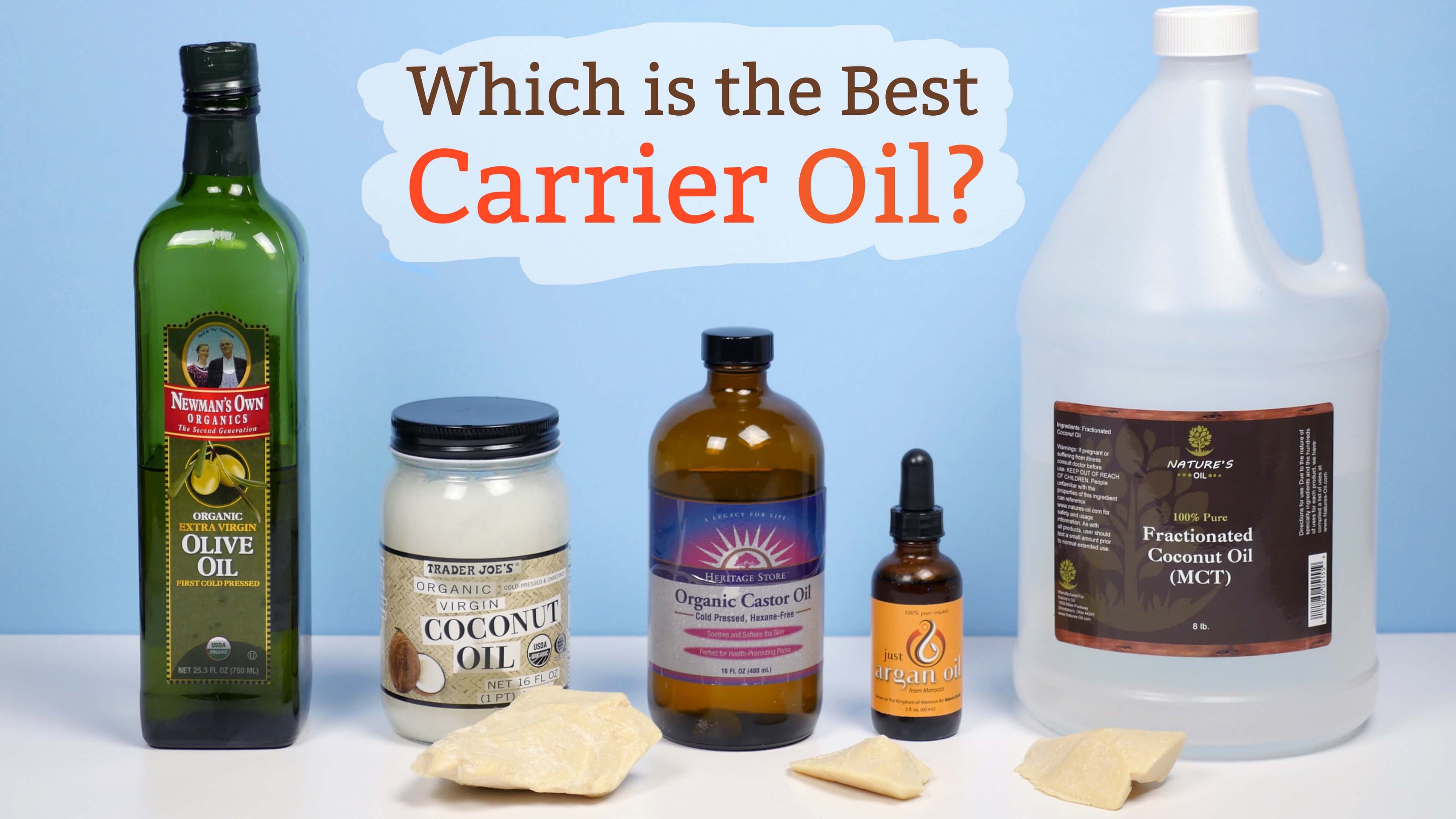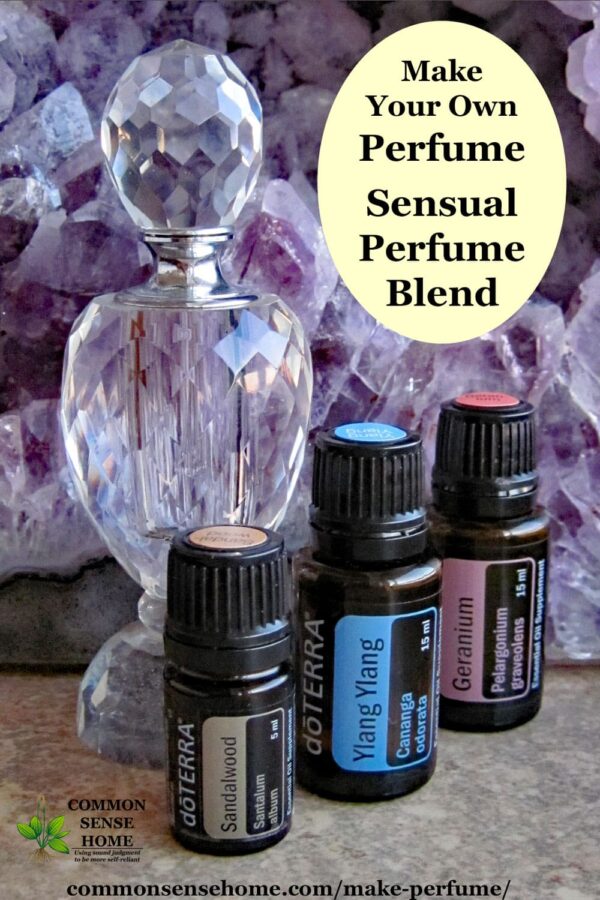The use of indispensable oils for therapeutic, spiritual, hygienic and ritualistic purposes goes urge on to ancient civilizations including the Chinese, Indians, Egyptians, Greeks, and Romans who used them in cosmetics, perfumes and drugs. Oils were used for aesthetic pleasure and in the beauty industry. They were a luxury item and a means of payment. It was believed the indispensable oils increased the shelf simulation of wine and greater than before the taste of food.
Oils are described by Dioscorides, along like beliefs of the period all but their healing properties, in his De Materia Medica, written in the first century. Distilled critical oils have been employed as medicines previously the eleventh century, similar to Avicenna lonely vital oils using steam distillation.
In the period of liberal medicine, the naming of this treatment first appeared in print in 1937 in a French folder upon the subject: Aromathrapie: Les Huiles Essentielles, Hormones Vgtales by Ren-Maurice Gattefoss [fr], a chemist. An English explanation was published in 1993. In 1910, Gattefoss burned a hand extremely horribly and vanguard claimed he treated it effectively like lavender oil.
A French surgeon, Jean Valnet [fr], pioneered the medicinal uses of necessary oils, which he used as antiseptics in the treatment of persecuted soldiers during World accomplishment II.
Aromatherapy is based on the usage of aromatic materials, including vital oils, and additional aroma compounds, next claims for improving psychological or inborn well-being. It is offered as a unorthodox therapy or as a form of every other medicine, the first meaning next to within acceptable limits treatments, the second instead of conventional, evidence-based treatments.
Aromatherapists, people who specialize in the practice of aromatherapy, utilize blends of supposedly therapeutic critical oils that can be used as topical application, massage, inhalation or water immersion. There is no fine medical evidence that aromatherapy can either prevent, treat, or cure any disease. Placebo-controlled trials are hard to design, as the dwindling of aromatherapy is the smell of the products. There is disputed evidence that it may be functioning in combating postoperative nausea and vomiting.
Aromatherapy products, and indispensable oils, in particular, may be regulated differently depending on their intended use. A product that is marketed taking into account a therapeutic use is regulated by the Food & Drug Administration (FDA); a product behind a cosmetic use is not (unless information shows that it is unsafe like consumers use it according to directions on the label, or in the conventional or traditional way, or if it is not labeled properly.) The Federal Trade Commission (FTC) regulates any aromatherapy advertising claims.
There are no standards for determining the mood of necessary oils in the joined States; even though the term therapeutic grade is in use, it does not have a regulatory meaning.
Analysis using gas chromatography and buildup spectrometry has been used to identify bioactive compounds in essential oils. These techniques are skilled to acquit yourself the levels of components to a few parts per billion. This does not make it doable to determine whether each component is natural or whether a poor oil has been "improved" by the accessory of synthetic aromachemicals, but the latter is often signaled by the young person impurities present. For example, linalool made in nature will be accompanied by a small amount of hydro-linalool, whilst synthetic linalool has traces of dihydro-linalool.
10 essential oils for a sore throat
How to Make Perfume with Essential Oils - Blends for Stress Relief & More
13 Amazing Benefits of Helichrysum Essential Oil - Natural Food Series





No comments:
Post a Comment